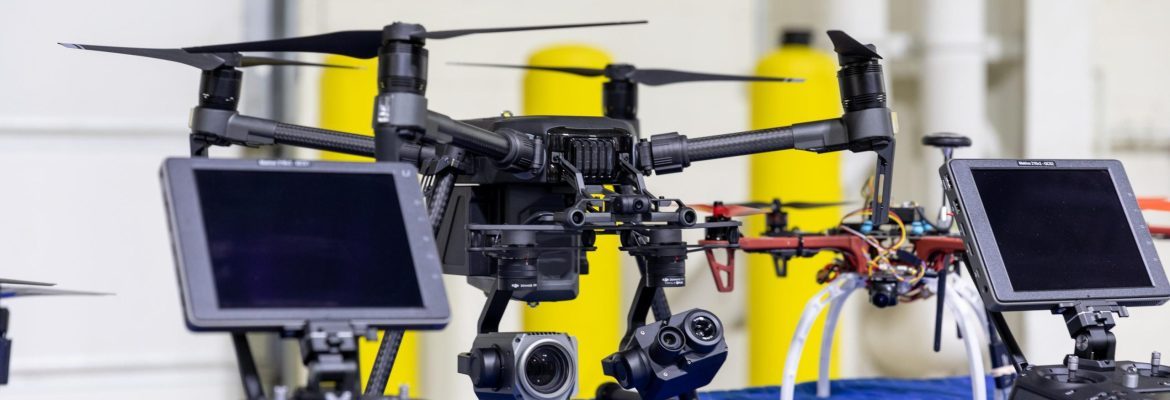UMA is the only University in Maine with a UAS pilot training program.
The University of Maine at Augusta’s Uncrewed Aircraft Training Program is adaptable to your academic endeavors. You can work towards a Bachelor’s Degree in Applied Science with unmanned aircraft as a “major,” earn a 31 credit hour certificate in sUAS operations, or just take our basic Commercial Drone course to prepare you to earn your FAA Part 107 Commercial Remote Pilot certificate.
To date, UMA has trained over 500 students in the basic Commercial Drone course (UAS 210).
The UAS 210 Commercial Drone course has been approved for Veterans’ benefits. The BS in Applied Science with a UAS concentration is approved for Financial Aid and Veterans’ benefits. The 31-credit hour UAS certificate is approved for Financial Aid, and VA benefits approval is currently being reviewed for certification. You may be eligible, so please contact us to find out. We are here to help you meet your needs in the drone world of the future.
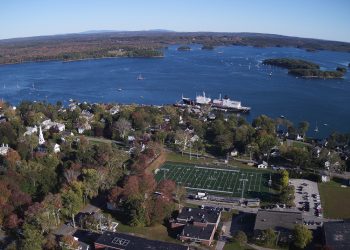
Who should take UAS or drone courses?
You could be a more effective K-12 STEM teacher after completing our courses. We’ll show you how to integrate drones into your science courses.
You could become the remote pilot for your employer instead of the business having to hire an independent contractor to do aerial work.
You could become an independent contractor flying drones for a real estate broker, a photography company, construction companies, or perhaps fulfill a Maine State government contract to inspect bridges and other important infrastructure.
In any UMA degree, you may add a minor of Uncrewed Aircraft Systems (UAS) to spice up that college degree with a skill you didn’t know existed within you. Maybe you have room in your BS in Business or Science to add our 8-course UAS certificate?
Affordability
Many businesses prefer to hire new employees with a 4-year degree, and UMA’s public tuition rates make that an affordable decision for you. Financial aid is available to students to offset the costs, and if you’re a veteran or currently serve in the US Armed Forces, your military education benefits may pay a portion of your tuition and fees.
To further limit student costs, UMA has a wide variety of remote aircraft, both fixed-wing and rotary-powered aircraft on which you can train, learning the skills necessary to be a competent pilot. UMA is recognized by several federal agencies for operating a comprehensive UAS program – offering the academic, technical, and flight training to be successful. Not only will you learn flying skills, but you will also expand your skill set by learning how to build, maintain, and repair drones.
Location
UMA’s UAS education and research program is based near the UMA Brunswick Center, at Brunswick Landing at KBXM, Brunswick Executive Airport at the former Brunswick Naval Air Station.
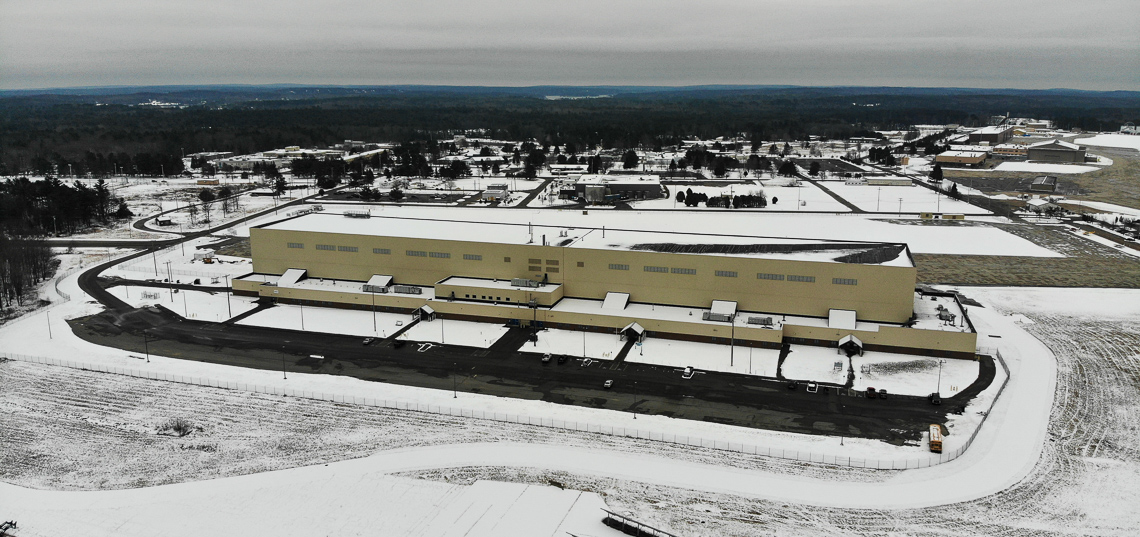
Learn more about the Uncrewed Pilot Training Program
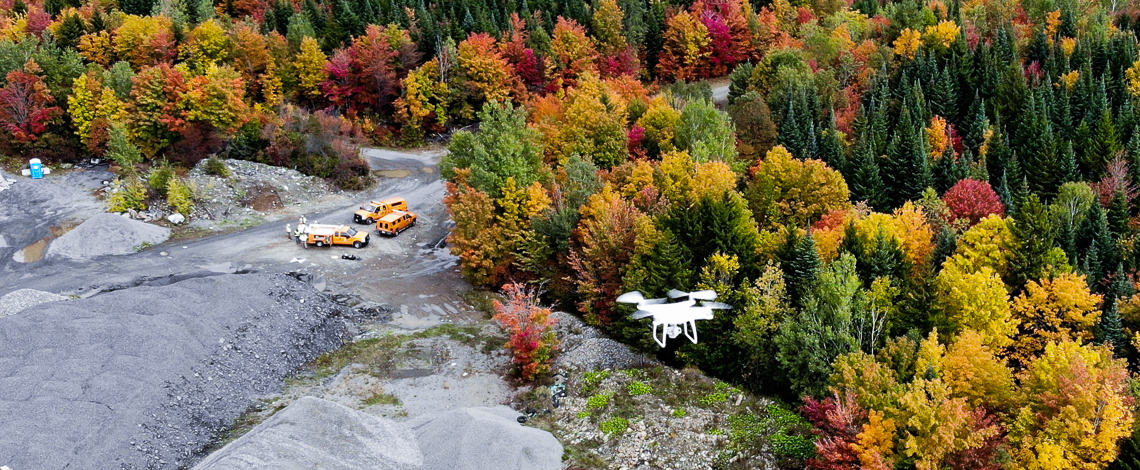
Where can your Aviation degree take you?
Unmanned (drone) pilot careers are still being created. Most remote pilots will be performing their flight activities as part of the non-flying job they hold. For example, police officers, state structures inspectors, or construction managers will be trained to fly the quad-copter or fixed-wing drone in addition to their normal duties. Depending on the organization, the remote pilot may receive additional compensation for their piloting skills.
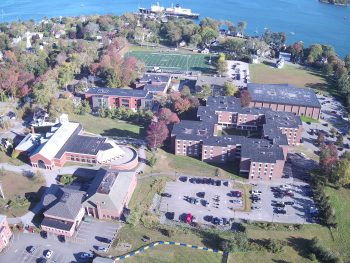
Many remote pilots earn decent salaries when they start their own small unmanned aircraft system (sUAS) business. Many organizations contract with a sUAS business to do some kind of specialized work, like making an infomercial about their organization, determining raw material received for processing, inspecting a building, and more. The sUAS business owner could base his/her compensation on the use of the drone, the processing of the data collected and delivered to the client, and the time and skill needed to attain the data. It is difficult to pin a typical salary on managing your own business, but if someone nets over $60,000 a year that figure would not be atypical.
Aviation professionals graduating from UMA would be expected to strive to continue their training and proficiency in the three-dimensional environment. As one trains and learns new aspects of flying, higher salaries and responsibilities will normally follow.
Questions?
For general information or to schedule a visit to the UMA Aviation Center, contact Daniel Leclair at (207) 334-9088 or daniel.m.leclair@maine.edu.


